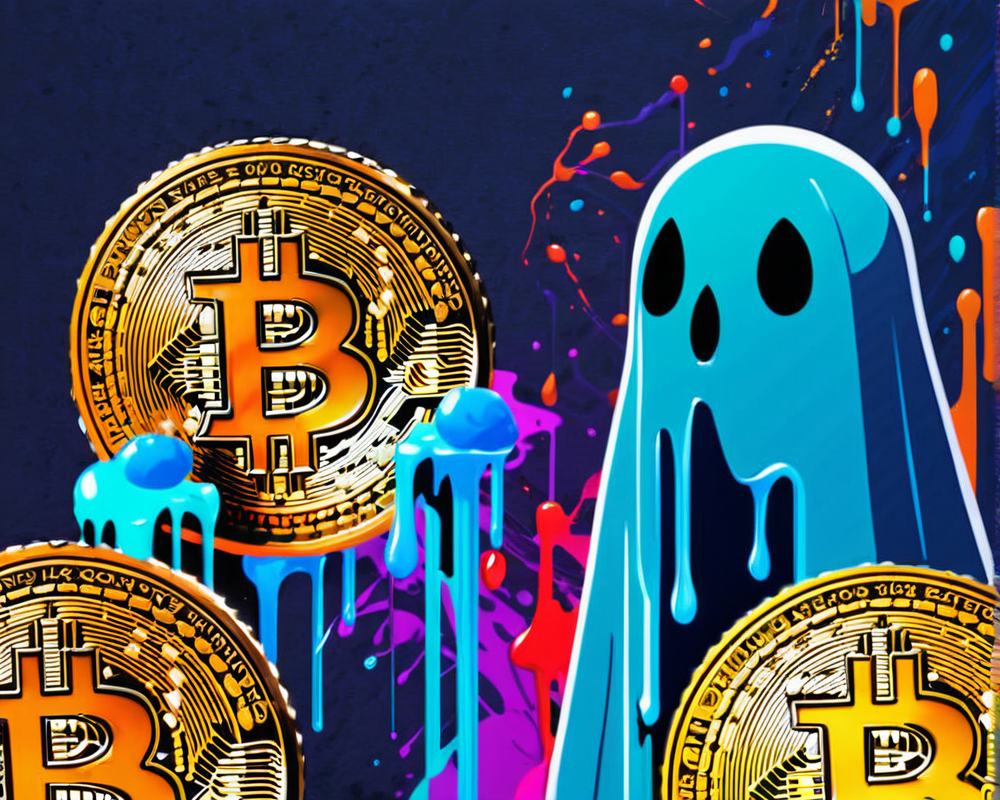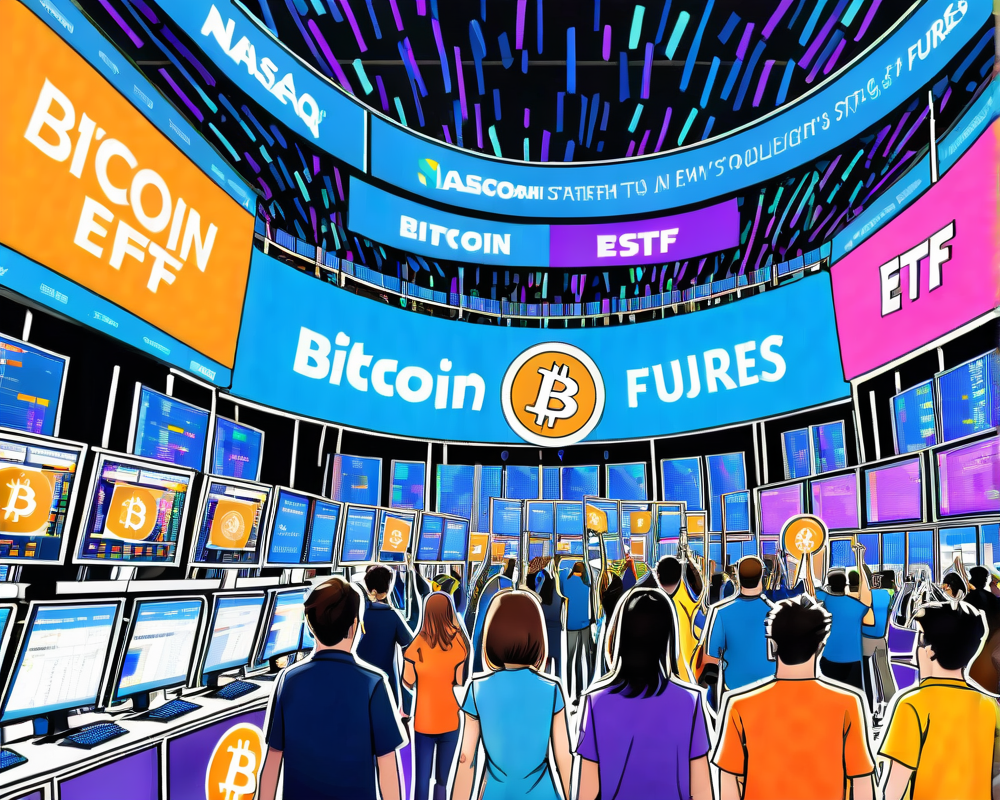Understanding BaFin’s Perspective on NFTs
The Federal Financial Supervisory Authority of Germany, known as BaFin, has cast a cautious eye over nonfungible tokens (NFTs). In a recent publication, they refuse to prematurely label NFTs as securities, opting for a rather zen case-by-case approach instead. So, what does that even mean for your digital art collection?
What’s on BaFin’s Mind?
On March 8, BaFin released an explanatory note discussing legal classifications of NFTs. Surprisingly, they haven’t discovered any compelling reasons so far for NFTs to be considered securities. Imagine walking into a posh restaurant that serves nothing but a mystery dish; you’re just not ready to take the plunge! Similarly, the agency is gauging how, or if, NFTs hold up to the conditions set out for securities.
Criteria that Could Change the Game
BaFin isn’t completely dismissing the idea of NFTs as assets. The agency suggests that should a collection of 1,000 NFTs convey similar repayment and interest claims—maybe your digital Pokemon cards suddenly promise dividends—this might push them into securities territory. Who knew trading cards could sound like a retirement plan?
Documenting Ownership: A Clue or Just a Red Herring?
If an NFT holds any sort of exploitation rights or ownership documents, there might be a chance for the “investment” label. Think of it as the digital equivalent of owning an art piece that not only looks good but also generates passive income! Just don’t hold your breath; BaFin suggests the likelihood is slim.
Navigating the Crypto Asset Landscape
With NFT classifications remaining elusive, BaFin views them as less likely to meet the requirements of being a “crypto asset.” Unlike that homely jack-of-all-trades role, NFTs lack the immediate exchangeability kink. What’s more, they slip past BaFin’s financial instrument category, similar to how your diet slips when there’s cake involved. Consequently, NFTs dodge any stringent Anti-Money Laundering (AML) oversight—unless they start to fit into that ever-thickening category of crypto assets.
What Do NFT Collectors Truly Want?
The social scene surrounding NFTs sheds light on collectors’ motivations. According to the Metajuice platform, a whopping three-quarters of NFT aficionados are swiping their credit cards for status, unique appeal, and aesthetic pleasing. Only 13% confessed to buying with resale intentions, probably hoping to cash in on that 2x return someday.
In Conclusion: What’s Next for NFTs?
So, what’s next? While BaFin keeps its spectacles polished and focused on NFTs, it’s clear they want to ensure these digital charms don’t role-play as something they are not. Whether they morph into a financial sensation or keep fluttering in the art airwaves remains to be seen. If you’re an NFT enthusiast, the takeaway is simple—invest wisely and keep one finger on the pulse of regulatory trends!




